What is the difference between dill and fennel?
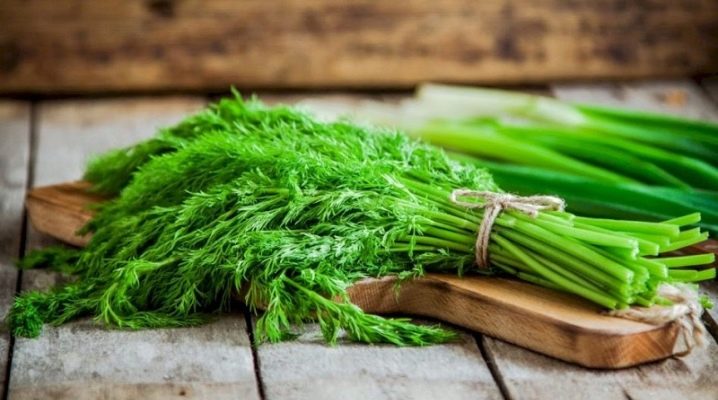
There is still an opinion that fennel is the same dill. However, this is a big misconception, and they are two different types of herbs that are used in different ways in both cooking and medicine.
Partly the reason for this misconception was another name for fennel - pharmaceutical dill or Voloshsky dill. Outwardly, as a whole, they are really very similar to each other. Nevertheless, there are differences, and sometimes they are easy to notice even at first glance. It is about the difference between these two spices that will be discussed below.
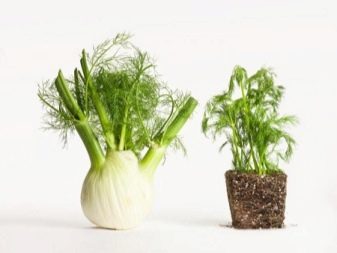
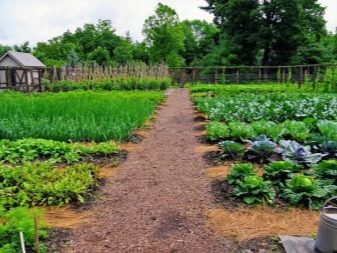
How are they visually different?
The most obvious visual difference between the two types of greenery lies in the following points.
- Fennel grows up to 2.5 meters in height, while the maximum height of dill is only 1.5 meters.
- Fennel has thick, smooth, green, upright stems. In the second herb, they are thin, curved upward, branched and dark green in color with a matte or waxy bloom.
- The dill leaves are concentrated in the upper part, while the other herb is concentrated in the lower part. Dill has no petioles on the leaf blades growing in the lower part of the trunk.
- The flowers of both herbs are the same. They are small and yellow, collected in the familiar umbrellas. In the first plant, they are almost perfectly round, about 20 cm in diameter.In dill, the umbrellas are slightly flattened and turned up, their diameter is up to 15 cm.
- The stem of dill is hollow, while fennel is not.
- If the grass has been growing for the second year, then it is fennel. Dill is an annual plant.
- Dill outwardly looks completely like grass, while in fennel, the base of the stem turns into a white fruit that can be seen from the ground. Simply put, the former has no fruit, the latter is white and large.
- Dill has a hard, small, straight root, which is heavily buried in the soil. His brother, on the other hand, is the owner of a very meaty counterpart.
In general, dill is a finer herb than fennel. However, young, not yet fully formed plants are easily confused with each other.
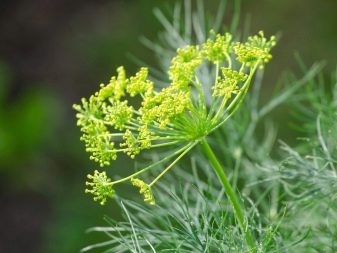
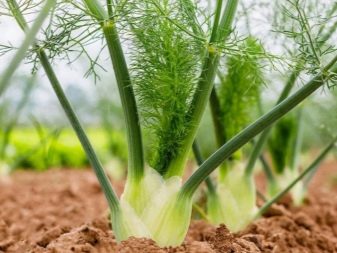
Differences of seeds
In pharmaceutical dill, the seeds are long, in the ordinary analogue, they are small and relatively short. In the first, they are voluminous, in structure they are rather ribbed, in the well-known dill they are flat. Fennel seeds are approximately 5 or 6 mm in length, with dill rarely exceeding 3 mm. In the first plant, the concentration of essential oils in the seeds is considered to be quite high - up to 6%. Because of this, they are used in the manufacture of some perfumery products, toothpastes. The aroma of dill is partly due to the content of D-carvone in the seeds, a special essential oil that inhibits the development of cancer cells.
It is believed that a decoction of dill seeds helps pregnant women fight edema and also lowers blood pressure. Some even substitute crushed seeds for salt in their dishes. The named broth also eases the period of toxicosis in a woman. Some cosmetologists believe that infusions of dill and its seeds help the body to rejuvenate. The result, in their opinion, is immediately reflected on the skin: age spots turn pale, its appearance improves. Dill seeds are considered an aphrodisiac that improves potency in men and increases stamina in terms of physical labor. Sometimes they are added to cheese, savory pastries. Fennel seeds are chewed to get rid of bad breath. Moving away from the topic a little, I would like to note that fennel fruits are also chewed for the same purpose. Decoctions from the seeds of this plant help to improve appetite and, in general, have a rather beneficial effect on the digestive processes.
It should be noted that preparations made from the seeds of both plants are actively used as mild expectorants. They are prescribed for patients with bronchitis, pneumonia, and whooping cough.
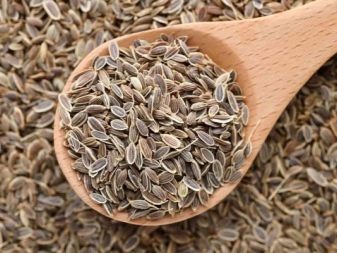
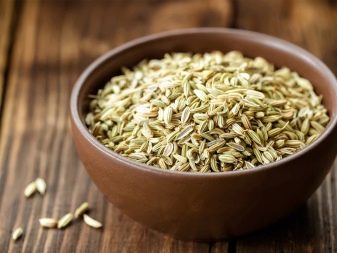
Comparison of other characteristics
Let's take a closer look at several of the main characteristics of fennel and dill.
Composition
Herbs have a different chemical composition. Because of this, their effects on the human body, as well as their use, are different. The composition of the first plant includes essential oils, phytosterols, amino acids. Minerals (copper, calcium, iron) are also here. The plant also contains many vitamins: K, E, A, B, C and D.
Another herb (dill) includes folic acid, minerals (potassium, calcium and iron), and essential oils. Vitamins (B1, B2, P, C and PP) and flavonoids are also included. Due to the large amount of essential oils, vitamins and trace elements, it is not recommended to use decoctions from these plants on your own. Be sure to consult your doctor.
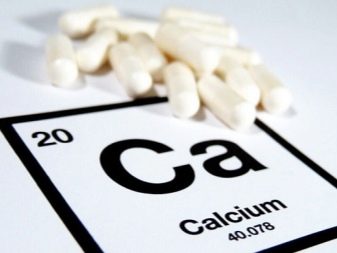
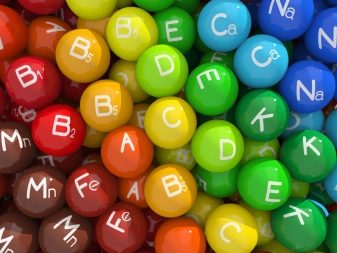
Smell and taste
Perhaps it is the smell and taste that fully demonstrate the difference between the two herbs. Fennel has a spicy and pungent odor similar to that of anise. There are notes of mint and tarragon. It also has a slightly bitter taste. The other herb has a less harsh and more familiar smell. Some consider it sweetish.
Growing
Fennel is a more thermophilic plant, and dill is not afraid of cold weather. The first is planted in early summer, and the second in spring. Fennel also grows over several months, while another spice can be ready to eat almost a week after sowing. Gardeners note that fennel requires more effort than dill during cultivation. The soil at the site of the future growth of this crop should contain a lot of lime. Regular, long-term and abundant watering is required. The plant also requires periodic hilling. Due to its thermophilicity in the open field, it grows only in warm regions.
But for example in Central Russia, it can often only be grown in a greenhouse. The brother is unpretentious. It grows well between other crops - dill does not need to be allocated too much space on the site. It tolerates cold snaps well, grows even in shaded areas. The crop can be harvested several times per season without much effort. But it also requires good and abundant watering.
Both of these plants, despite their similarities, are bad neighbors for each other. If you plant them next to them, they will be pollinated. With a lack of moisture, both grasses can take it away from neighboring plants.
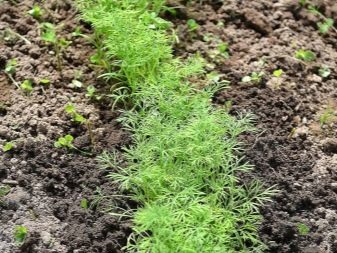

Application
Obviously, both types of greens contain a large amount of nutrients and therefore are widely used. Almost all parts of fennel are used for diseases of the gastrointestinal tract, eye problems, respiratory diseases, as well as in the case of high cholesterol levels. The herb also helps with disorders of the gallbladder, genitourinary system, as well as acne and rashes. Partially able to restore metabolic disorders. As for dill, it is used for a strengthening effect. In particular, it is used for disorders in the work of the cardiovascular, nervous and genitourinary systems. The herb relieves symptoms of nausea, bloating, and flatulence. In fennel, the rhizome is edible, while in dill it is not eaten.
Fennel and dill have a special place in cooking. The latter is often an integral part of most national and not only dishes on the domestic territory. Best added to food last, it enhances the flavor and adds "freshness." Dill is almost always added to stews, meat dishes, soups and broths. It is often served with various cheeses (for example, cottage cheese and processed cheese). It is used for preservation and pickling. It is a good flavoring agent (for example, for oil).It is almost always used in fresh vegetable salads, and dill lovers and aficionados eat it almost every day.
Fennel is also put in meat and fish dishes, used to pickle and preserve food. However, its scope of use in this regard is slightly larger - the herb is added to sausages, smoked meats and cheeses, as well as to flour products. This spice goes well with home-made sweet drinks (compotes, teas, fruit drinks). It is also added to some alcoholic cocktails.
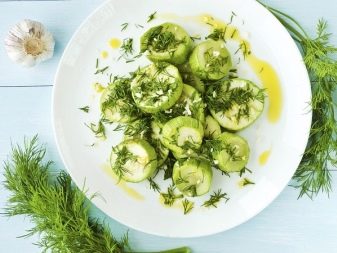
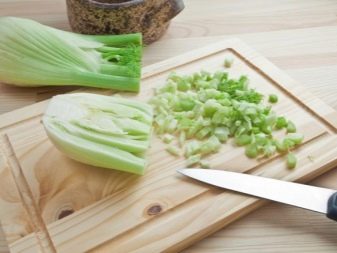
Of course, it is used in salads and various types of sauces and dressings, both as one of the main ingredients and as a decoration. You may notice that in restaurants, fennel dishes are more expensive than other names. This is due to the fact that its cultivation requires great strength, as well as the whimsical plant to the climate and weather.
The famous dill water, which relieves the symptoms of colic in babies, is made by infusing the fruit of fennel rather than regular dill. However, you need to remember that a tincture prepared at home is different from that sold in pharmacies. Producers of "dill water" use factory technology, which makes it possible to obtain products of a higher quality than prepared at home.
In conclusion, it should be noted that fennel contains more nutrients than dill. This is especially important in medicine. As for cooking, dill is easily replaced with a second herb. However, it is better not to do the opposite: it can negatively affect the taste.
In cooking, mixing of both spices is allowed. This "tandem" goes especially well with pickled or salted, as well as fresh vegetables.










The comment was sent successfully.